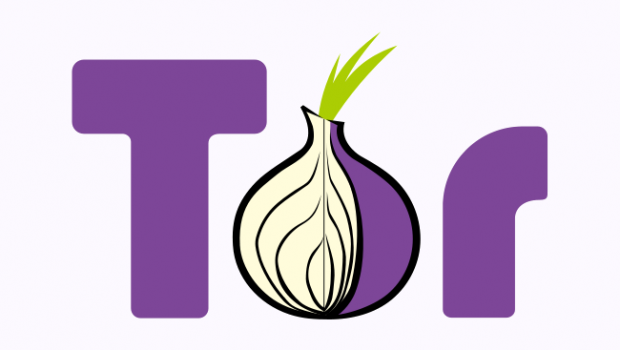We live in a world where countries are capable of blocking internet access for their citizens, but Tor Snowflake allows the people to beat this censorship.
A contemporary example of internet censorship can be found in Iran, a country currently undergoing protests and civil unrest due to confrontations with the authorities. To minimize the ‘noise’ of these protests, the government has enacted a series of regional shutdowns of internet services. The aim, it is believed, is to prevent news of the civil unrest reaching the wider world. However, internet access is far from straightforward, and simply hitting the OFF button is, it turns out, not enough to stop those being suppressed from getting online.
What is Tor?
The Tor internet browser has been available for 20 years but has only started making inroads with mainstream PC users in the last decade. Tor’s unique selling point is that it delivers completely anonymous browsing; you don’t even need a VPN installed to browse under a cloak of anonymity with Tor.
Tor achieves its anonymity through the use of ‘onion routing’ and a peer-to-peer overlay network. In simpler terms, Tor provides a series of randomly chosen relay servers (imagine a series of virtual tunnels) which it uses to direct traffic through before reaching its destination. This method ensures that any traffic which passes through it is encrypted. This applies to both the source and destination of the traffic, they are fully concealed from any prying eyes such as your ISP or government departments.
What Happens When Access to Tor is Banned?
Tor may provide a fantastic option when it comes to anonymous browsing, but the authorities are well aware of this. Accordingly, countries such as Iran and Russia have taken steps to block access to Tor. However, these attempts at shutting down access to Tor have been met with innovation in the form of Tor bridges. These bridges allow users to get around national blocks on Tor, but the problem is that the authorities can identify the IP addresses of these bridges and block them.
There is, though, a way to get around the restrictions: pluggable transports. These processes disguise connections to Tor as ordinary internet connections to popular destinations such as Google. The problem with pluggable transports was that they were difficult to set up and implement for your average PC user. Thankfully, an easy-to-use pluggable transport has now been released under the name of Snowflake. And, within seconds, those affected by internet shutdowns can be back online.
How Does Snowflake Work? Tor Snowflake works thanks to volunteers who can provide short-lived proxies on their browser. The volunteers do this by opening their browser up to those who are seeking access to Tor. In between the volunteers and those with restricted internet, a broker sits to facilitate the connection between the two parties. The broker will set up a connection between both parties in a manner similar to the way in which Skype calls are connected. This allows the volunteer to pass the requestee’s traffic to the Tor internet safely and anonymously.
For more ways to secure and optimize your business technology, contact your local IT professionals.








